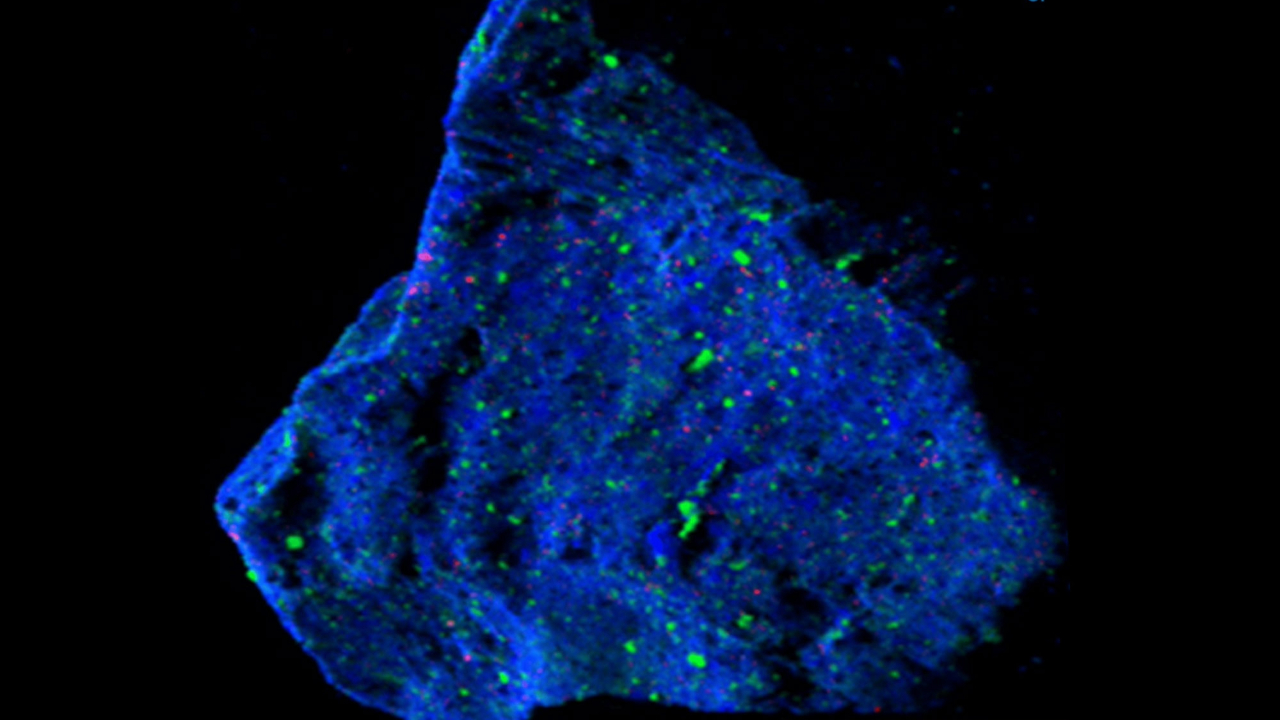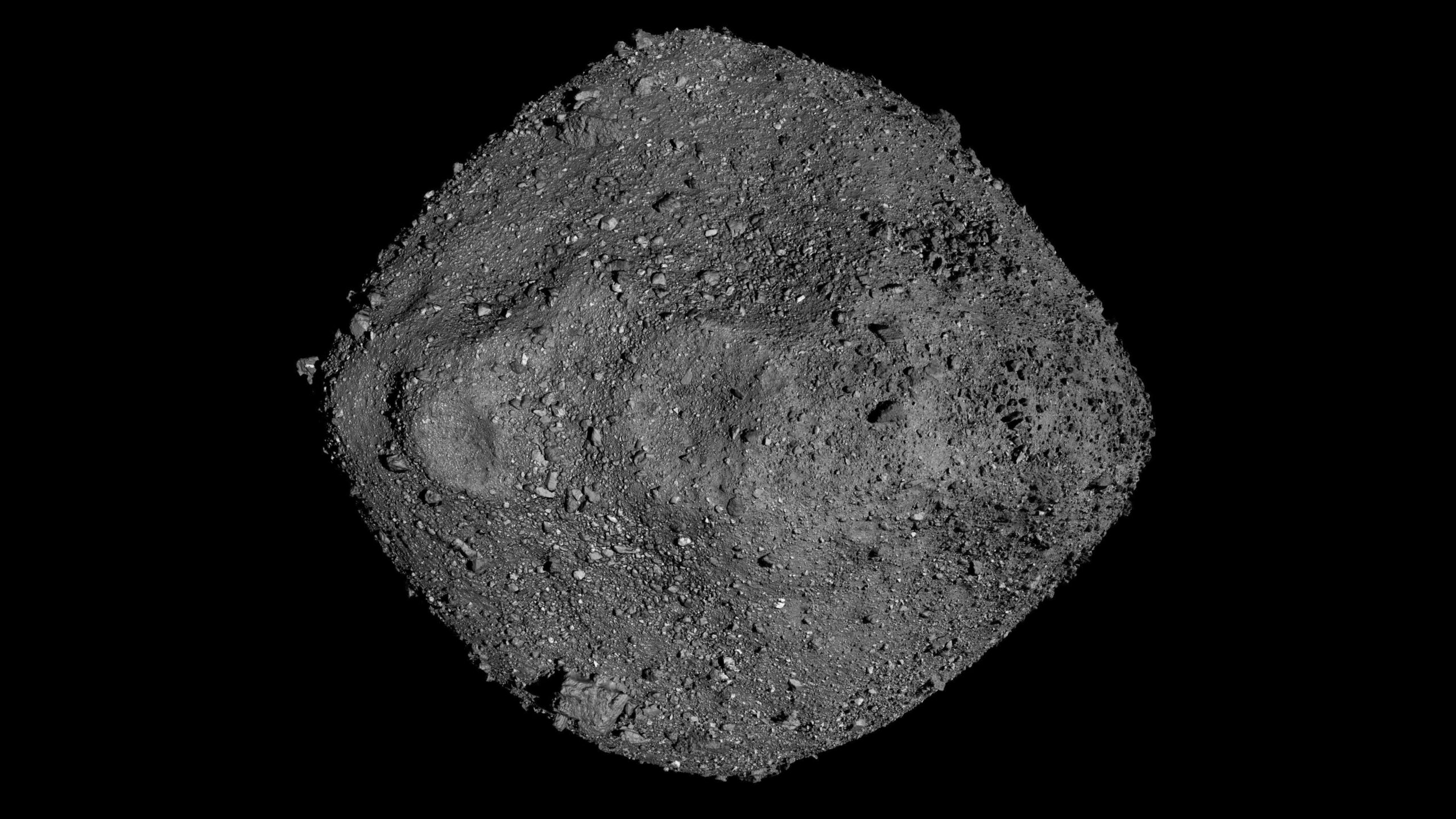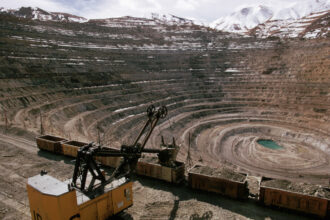Asteroid Ryugu is proving to be one of the most scientifically valuable time capsules in the solar system.
A recent study of microscopic grains collected from Ryugu by Japan’s Hayabusa2 spacecraft found the tiny space rock harbors minerals that formed long before Earth itself — minerals that have been preserved in pristine condition for billions of years.
Using cutting-edge X-ray imaging tools, researchers from the Brookhaven National Laboratory examined the chemistry of the asteroid samples in extraordinary detail, revealing a mixture of minerals and elements that trace back to the asteroid’s ancient parent body, according to a statement from the laboratory.
“These clues begin to tell a story about the starting materials of the asteroid and their early interactions with fluids,” officials said in the statement. “This information helps to better define the sequence of fluid activity and processes that led to the current composition of Ryugu and other carbonaceous asteroids.”
Ryugu is a carbon-rich near-Earth asteroid thought to have originated in the cold outer reaches of the solar system. More than 4.7 billion years ago, its parent body was gently warmed by a chemical process known as radioactive decay. That subtle heating melted ices like water and carbon dioxide, releasing fluids that seeped through the rock. The fluids triggered chemical reactions that left behind a diverse mineral assemblage — some familiar to Earth, others entirely foreign.
Using only two tiny pieces of the asteroid — one grain from its surface and the other from its subsurface — researchers identified carbonates such as manganese-bearing dolomite and ankerite, iron-rich minerals like pyrrhotite and magnetite, copper sulfides, phosphorus-bearing hydroxyapatite, a mineral found in human teeth and bones, and a rare phosphide mineral not found on Earth. There were also traces of selenium, sulfur, silicon and calcium. The wide array of minerals points to a rich interplay of fluids and chemistry that unfolded in the asteroid billions of years ago, long before our planet’s crust had stabilized.
Because Earth’s earliest rocks have been destroyed by tectonics and erosion, Ryugu provides an unparalleled window into the conditions that existed during planetary formation. The returned samples could therefore also reveal whether the asteroid may have delivered water and organic ingredients that helped jump-start life on Earth.
“Earth is constantly changing, and, over time, its natural processes have erased most of the chemical clues about how the solar system first formed,” officials said in the statement. “Asteroids like Ryugu preserve this important piece of the solar system’s history.”

Asteroid sampling missions are rapidly gaining momentum as space agencies recognize the unmatched scientific value of returning pristine material from the early solar system. Japan’s Hayabusa and Hayabusa2 missions set the stage, successfully retrieving samples from asteroids Itokawa and Ryugu, while NASA’s OSIRIS-REx mission recently delivered material from asteroid Bennu — which researchers hope to study using the same X-ray techniques. Comparing Bennu and Ryugu could reveal key differences in how carbon-rich asteroids formed, altered and transported life’s essential building blocks across the early solar system.
More asteroid sampling projects are on the horizon: JAXA’s MMX mission will target the Martian moon Phobos, for instance, while future concepts aim to capture samples from metallic asteroids or even comets.
Findings about Ryugu’s unique chemistry were published last year in the journal Geosciences.








